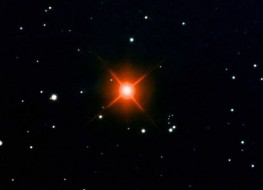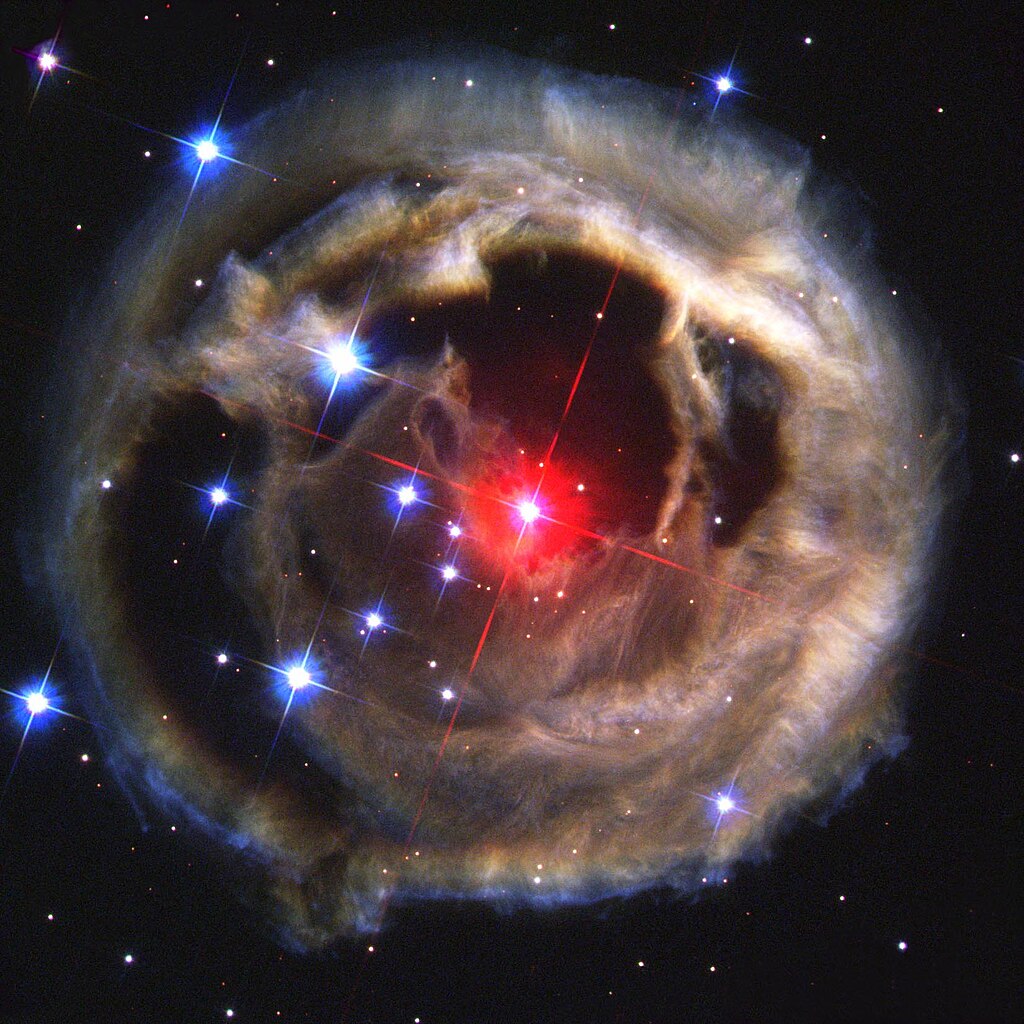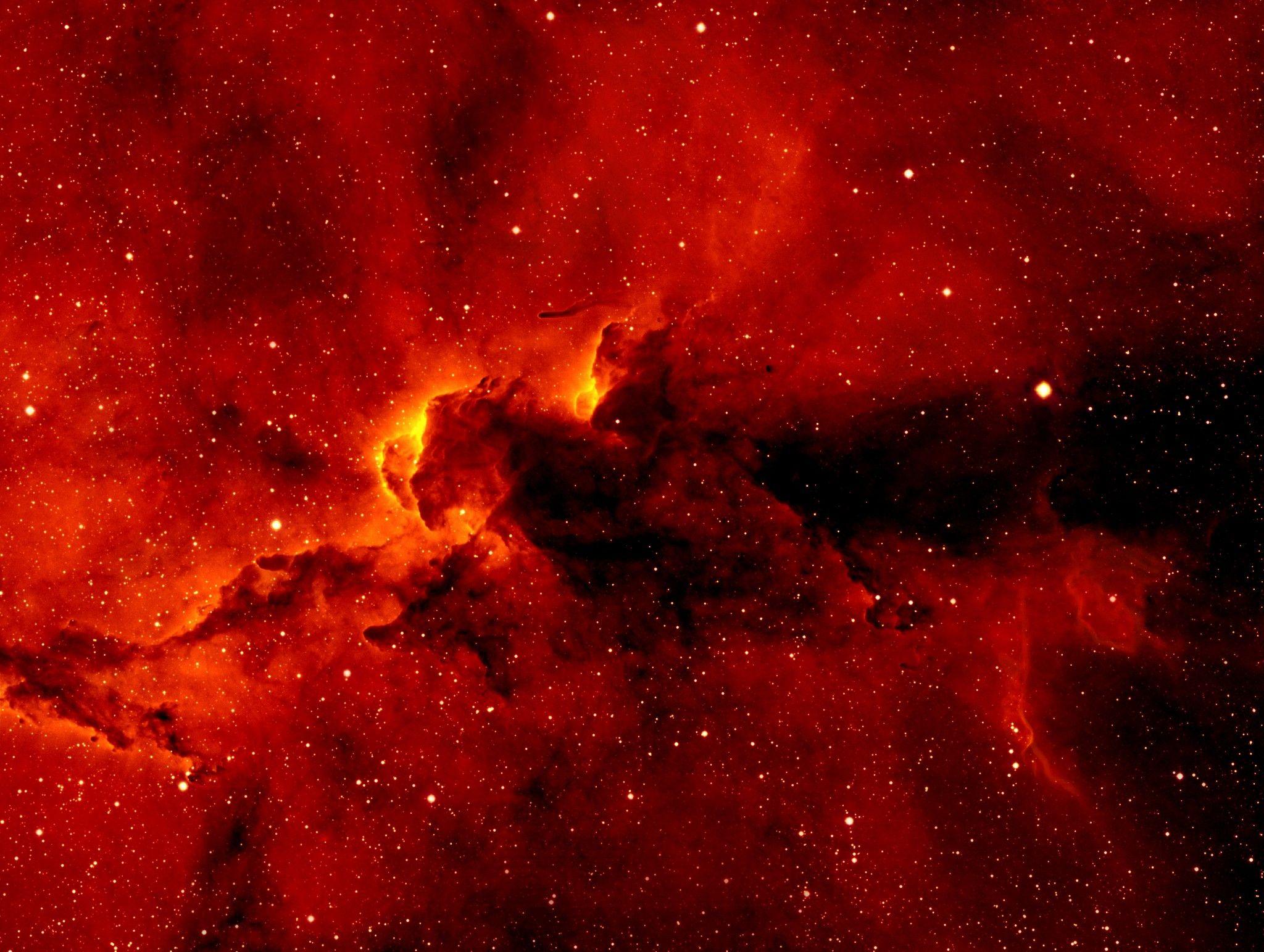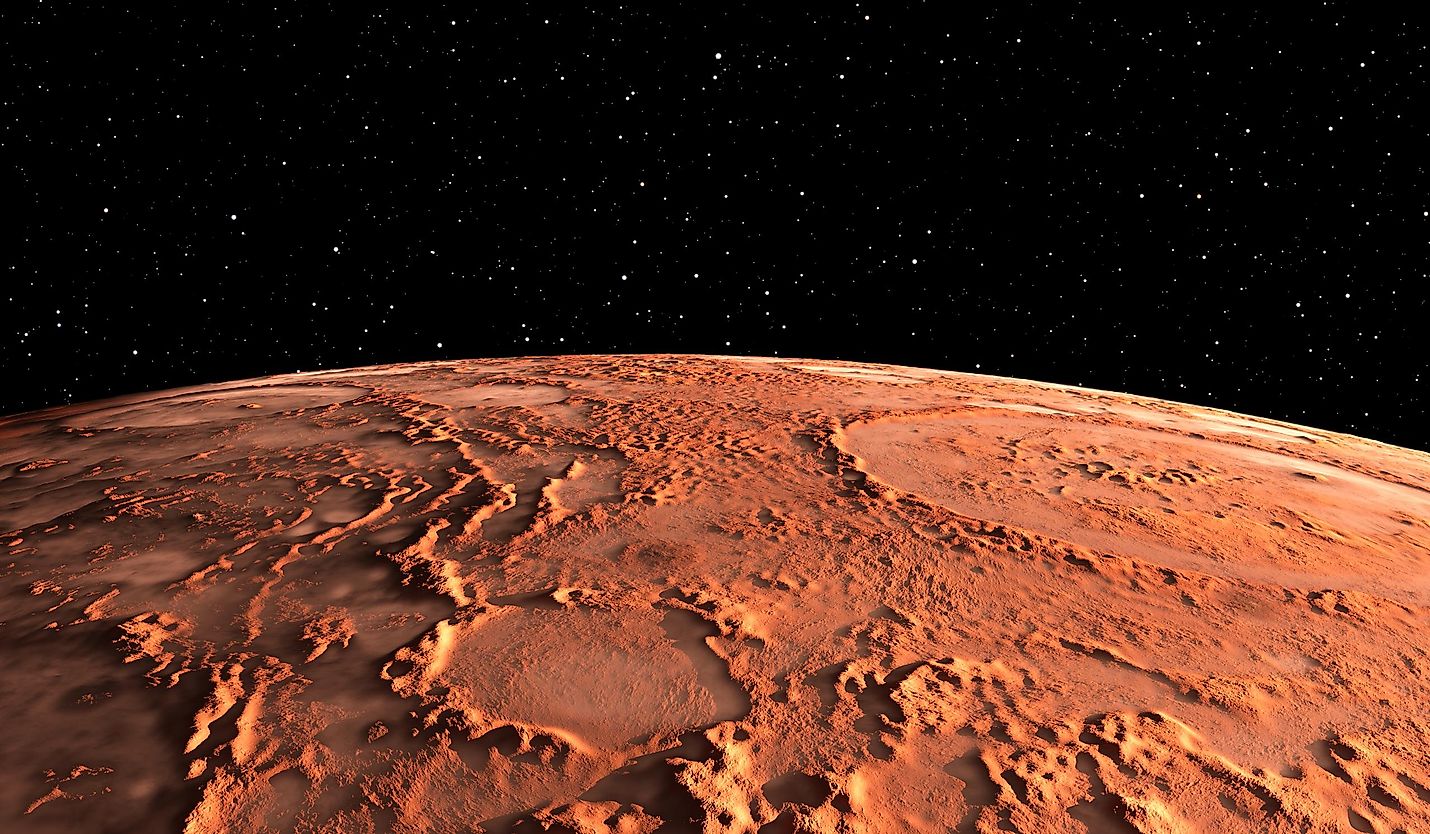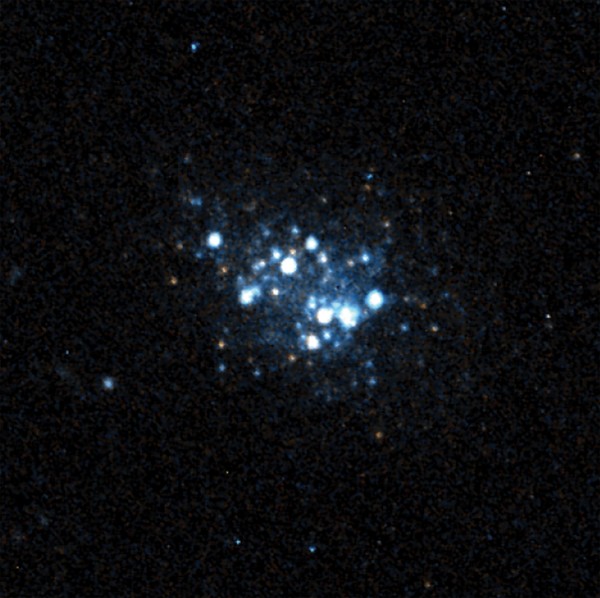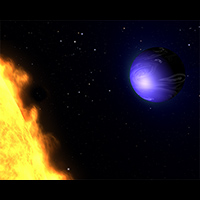johnnydeep wrote: ↑Mon May 30, 2022 8:52 pm
So, Ann, would you say there are more red things in the heavens than blue things? Offhand, it seems like there are. But I might have been biased by your long list of red things

I'd say there are, yes.
For one thing, I bet there are more cool things than hot things in the Universe, and cool things are "red" while hot things are "blue". Figuratively speaking.
But it is literally true that the visually red part of the spectrum covers a larger part of the electromagnetic spectrum than the blue part of it. Go to
this page, to see wavelength to color relationship. Scroll right, toward the "red end", and you'll see that things are "all red" from 645 nm (rgb here is r: 255, g: 0 and b: 0) and it stays exactly that red (rgb = 255, 0, 0) up until 700 nm. Then the red channel intensity just slowly fades away in the infrared part of the spectrum.
Where do we find "true blue", where rgb is 0, 0, 255? We don't. The best we can do is 441 nm, where rgb is 0, 11, 255 and 439 nm, where rgb is 10, 0, 255. And while the red part of the spectrum stays "constant", and equally red for tens of nanometers, the blue part rapidly changes hue. Scroll left, and you'll see the rapid change.
Also, blue stars (which are the bluest objects in the Universe apart from a few bluish planets, whose atmosphere makes them look blue) aren't
that blue. That's because all blue stars emit green, yellow and red light too, not just blue light (even though there is more blue light than green, red and yellow). So the blue light is diluted. Also, there isn't
that much blue light in the spectrum of hot stars (remember that the blue part of the spectrum is narrow), because the emission of hot stars peaks in the ultraviolet. So the blue stars are really blue-white, but I'm going to call them blue in any case.
Also, blue light is strongly affected by dust reddening. Many Milky Way stars are intrinsically blue, but so much of their blue light is filtered away by intervening dust that they look white, yellow, or even reddish.
Of course, most (but not all) reflection nebulas are blue. They are "the upside" of dust reddening, where blue light is scattered our way instead of being scattered away from us. Everyone loves the Pleiades, don't they?
There are a few blue (well, blu
ish galaxies, big and small:
There really are "true blue planets", or at least one such planet, HD 189733b:
Read about the planet
here.
And of course, there is
another blue planet, which we all love dearly:
So there really
are blue things in the Universe. But there are more red things than blue, I'll bet.
Of course, as Chris would say, what is "red" and what is "blue" is a matter of definition.
Ann
 Red Crepuscular Rays from an Eclipse
Red Crepuscular Rays from an Eclipse
